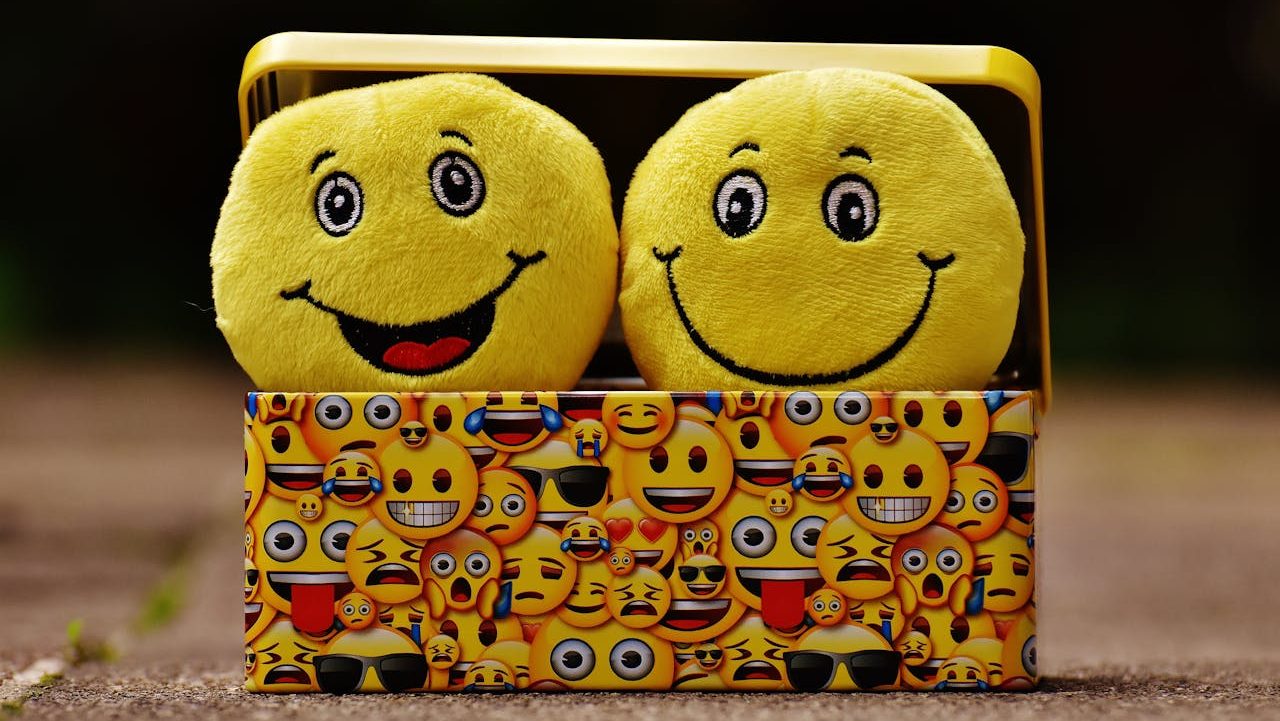ASIA: As the largest and most digitally savvy generation to date, Gen Z holds immense influence over global markets. By 2030, they are expected to wield a staggering $12 trillion in purchasing power.
Growing up amid climate crises, social inequality, and a constant stream of digital content has shaped their shopping habits in unique and unexpected ways.
According to Tatler Asia, recent insights into their behaviours, especially in Asia, reveal just how memes and emojis play a central role in their decision-making processes. Below, we delve into the factors driving Gen Z’s shopping obsession and what this means for brands.
Memes: The new marketing powerhouses
The rise of internet culture has transformed how Gen Z interacts with brands. In a recent survey, one in three Gen Z consumers reported purchasing a product after seeing it featured in a meme.
This phenomenon is more than just a fleeting trend—memes are now integral to marketing strategies targeting this generation.
In markets like Hong Kong and Taiwan, memes hold even more sway, scoring significantly higher in engagement than other regions.
However, brands need to tread carefully when using memes. While humour can captivate Gen Z’s attention, the report stresses the importance of aligning the meme’s tone with the brand message.
A misstep could lead to a backlash, as Gen Z is quick to call out inauthentic or tone-deaf marketing. For businesses, understanding the cultural nuances of meme-based humour and leveraging it creatively can foster stronger connections with this digitally native cohort.
Emojis: The language of emotion and influence
Emojis have evolved into a vital part of Gen Z’s communication toolkit as fun expressions and symbols of identity. The crying face emoji 😭 known for expressing a blend of sadness and affection, emerged as the most resonant symbol among Gen Zers in a recent survey.
Interestingly, the laughing emoji, often associated with laughter, ranked fifth—illustrating how emojis can carry layered meanings, including positivity and humour.
For brands, understanding which emojis resonate with Gen Z can be key to creating relatable and engaging content. Using emojis to convey authenticity, empathy, or humour can deepen emotional connections with this generation, enhancing both engagement and loyalty.
The visual language of emojis is a trend and a reflection of Gen Z’s unique way of expressing emotions, influencing their online and offline purchases alike.
A new era of shopping – personalization, trust, and values
Beyond memes and emojis, Gen Z’s shopping preferences reveal a clear demand for personalization, trust, and authenticity in the brands they choose to support.
Over 70% of Gen Z consumers reported that they trust user-generated content (UGC) more than any traditional advertising.
This generation values the opinions of real people who share their interests and concerns, often seeking reviews and product recommendations from peers rather than influencers or celebrities. Furthermore, sustainability and privacy concerns are top priorities for Gen Z.
Brands that demonstrate genuine efforts to address environmental issues and safeguard customer privacy are more likely to build lasting relationships with this generation.
Gen Z is drawn to businesses that align with their values, reflecting a broader shift toward socially conscious consumerism. As Gen Z continues to grow in influence, their preferences and behaviours will reshape the marketplace.
For brands to remain relevant, they must adapt to Gen Z’s digital-first lifestyle and engage with them on a deeper level by embracing authenticity, transparency, and social responsibility.
Understanding the power of memes, emojis, and shared values will be crucial for marketers aiming to capture the hearts and wallets of this dynamic generation.

